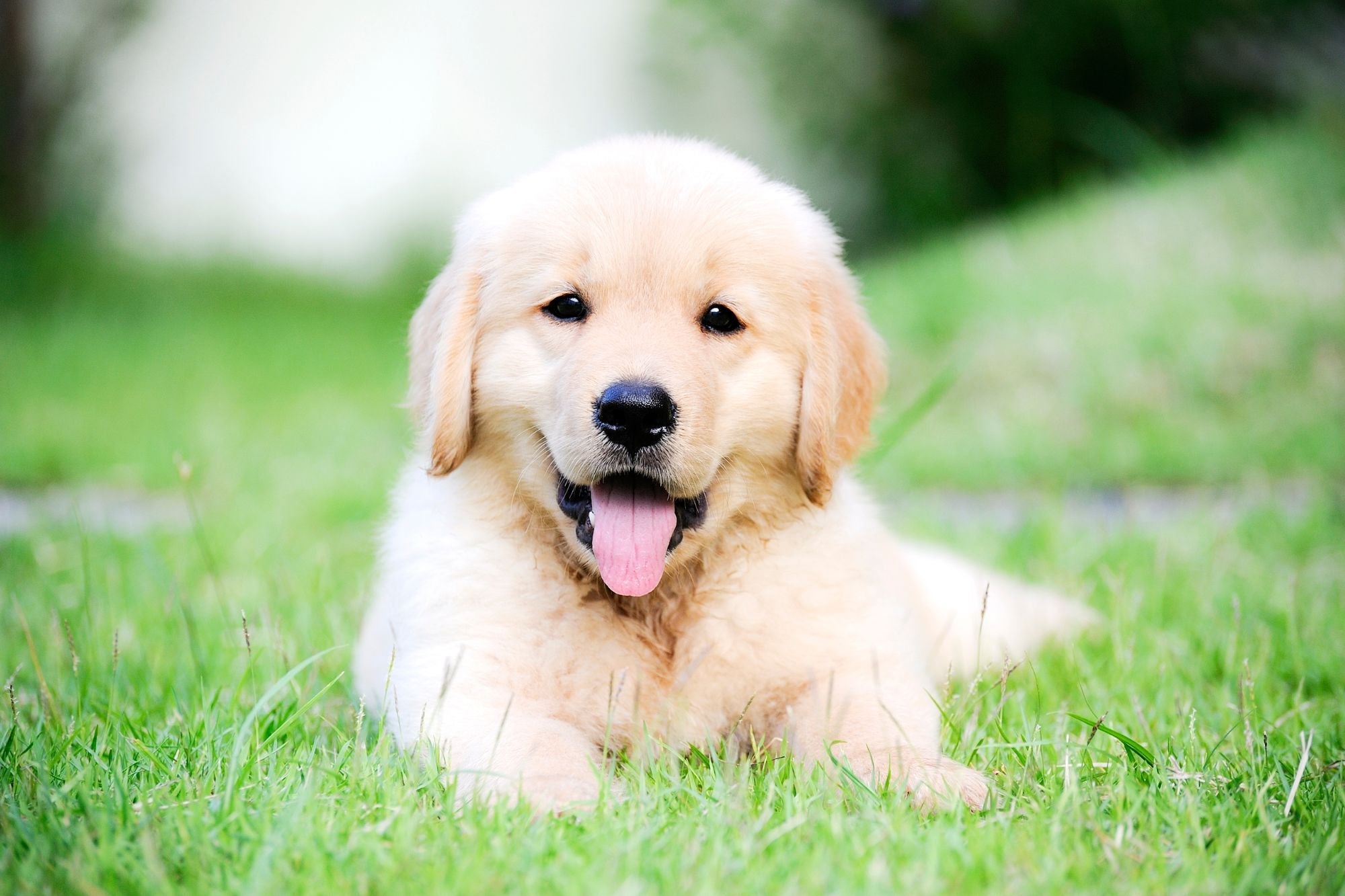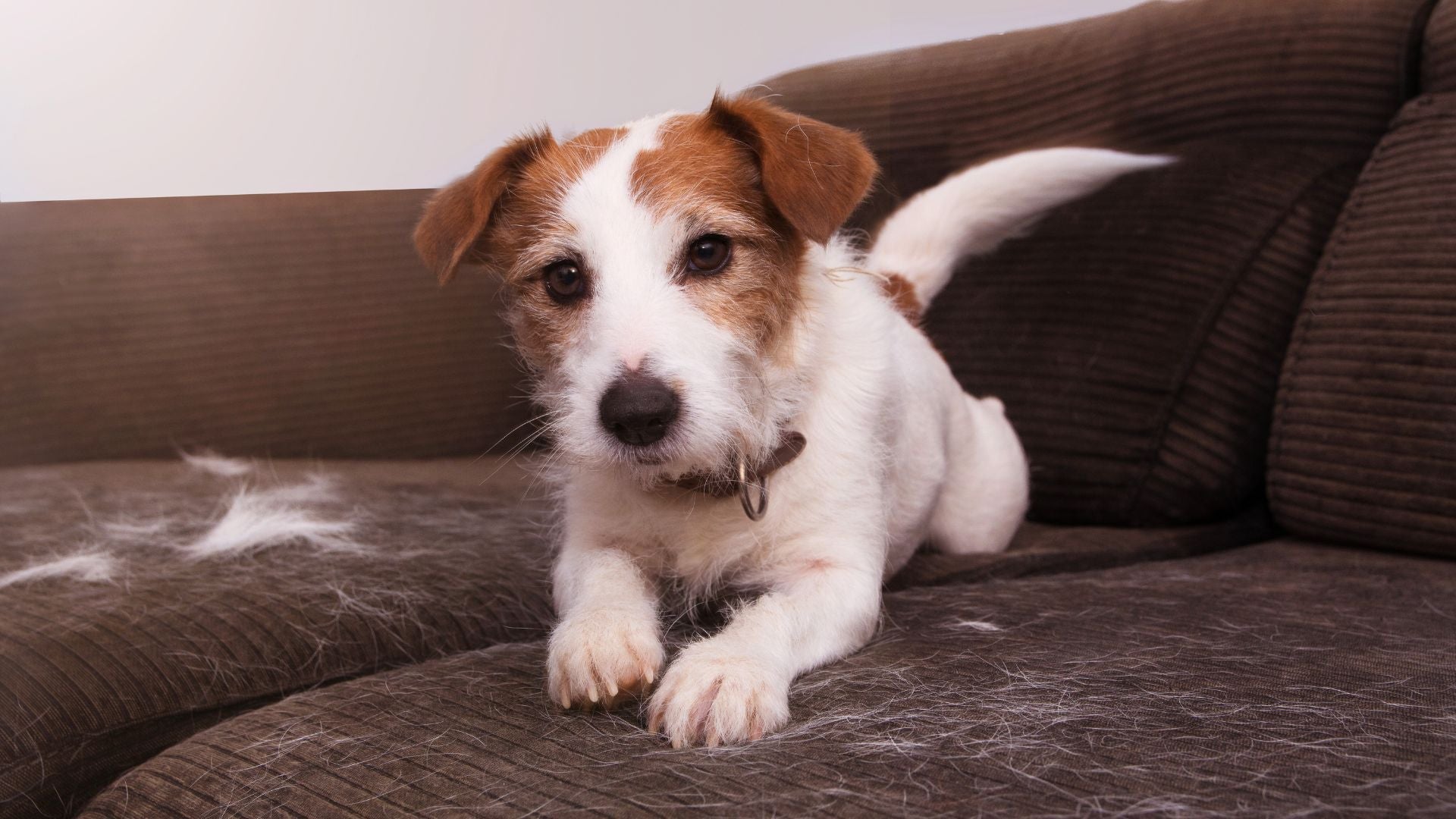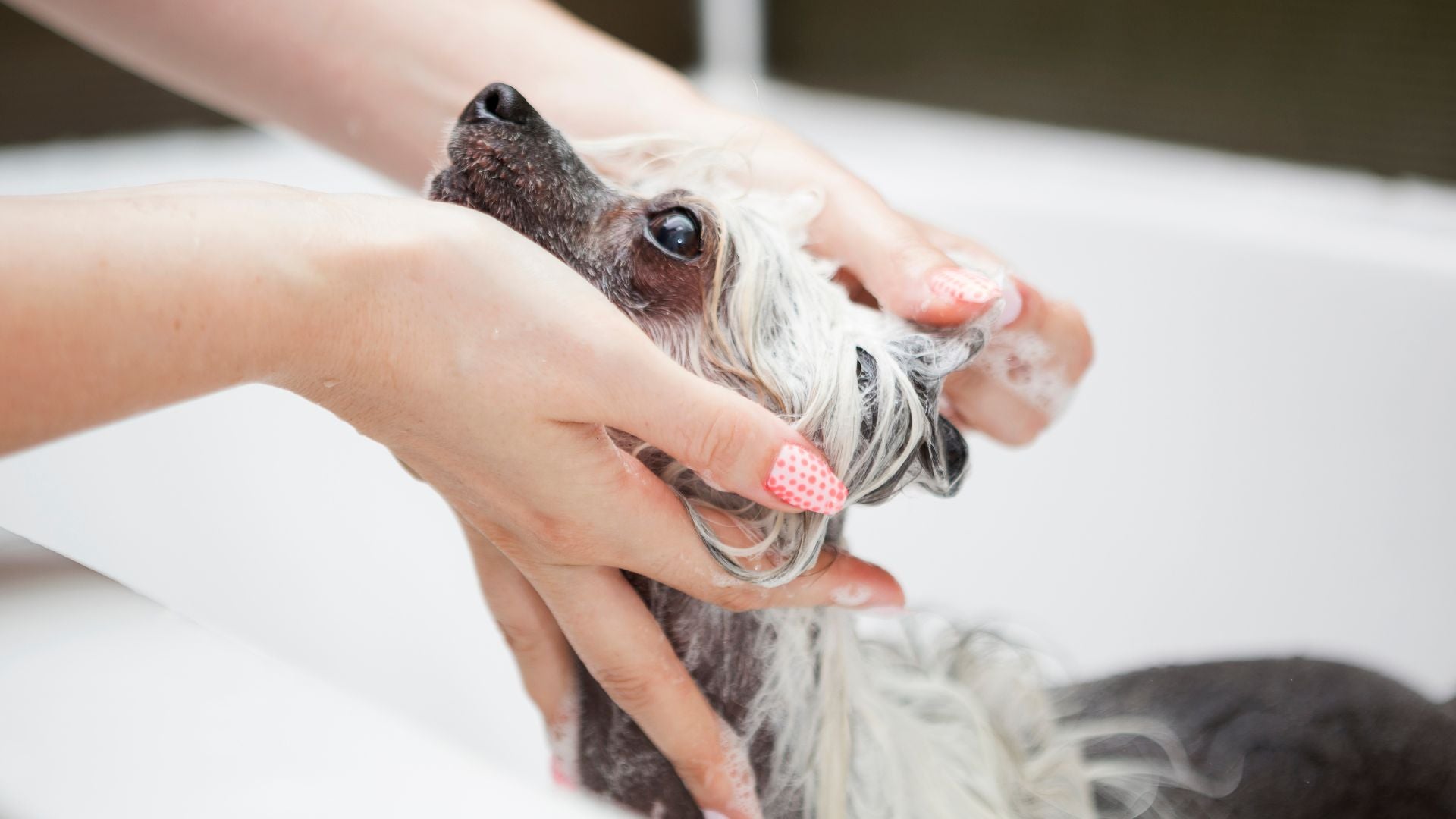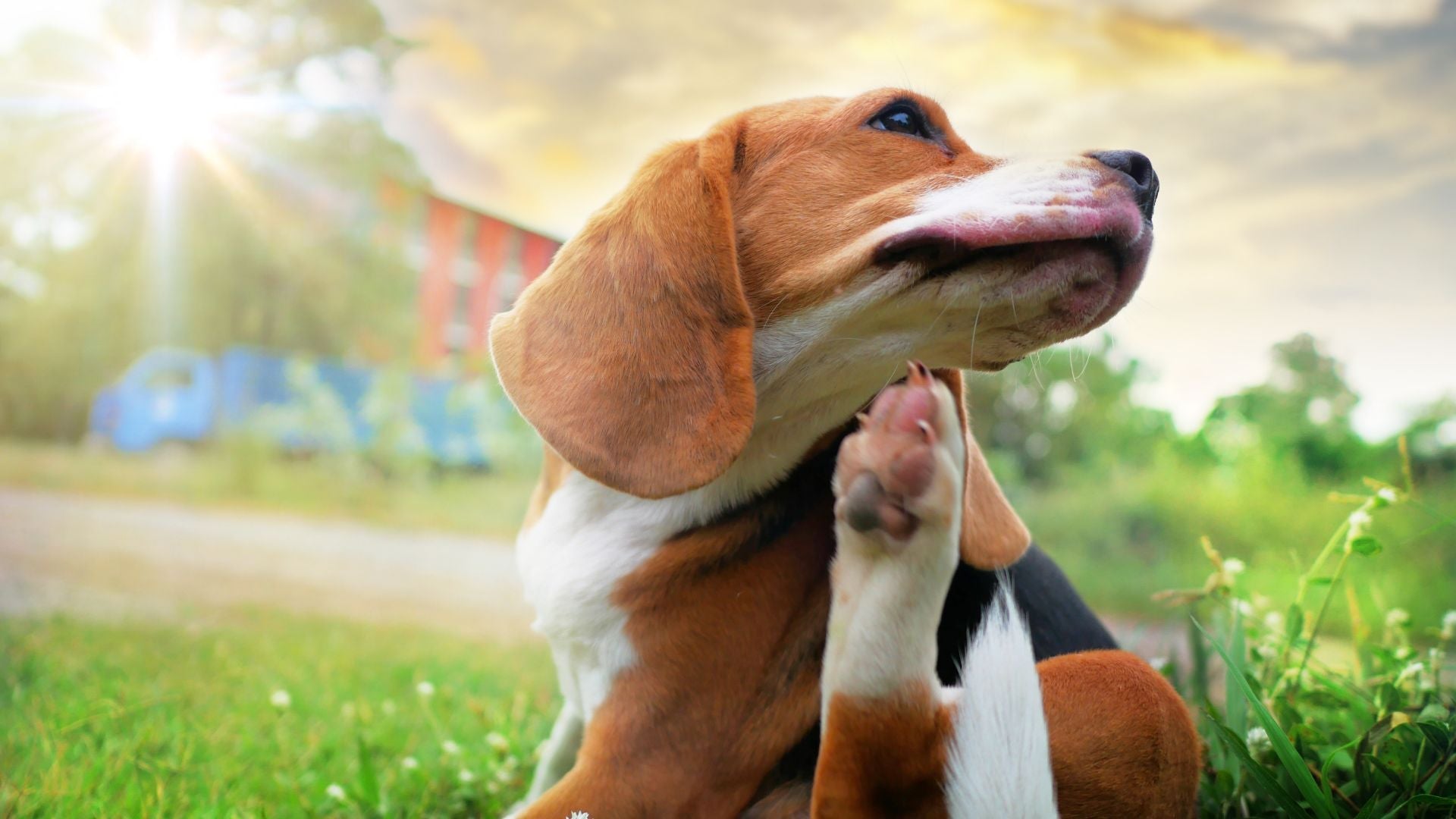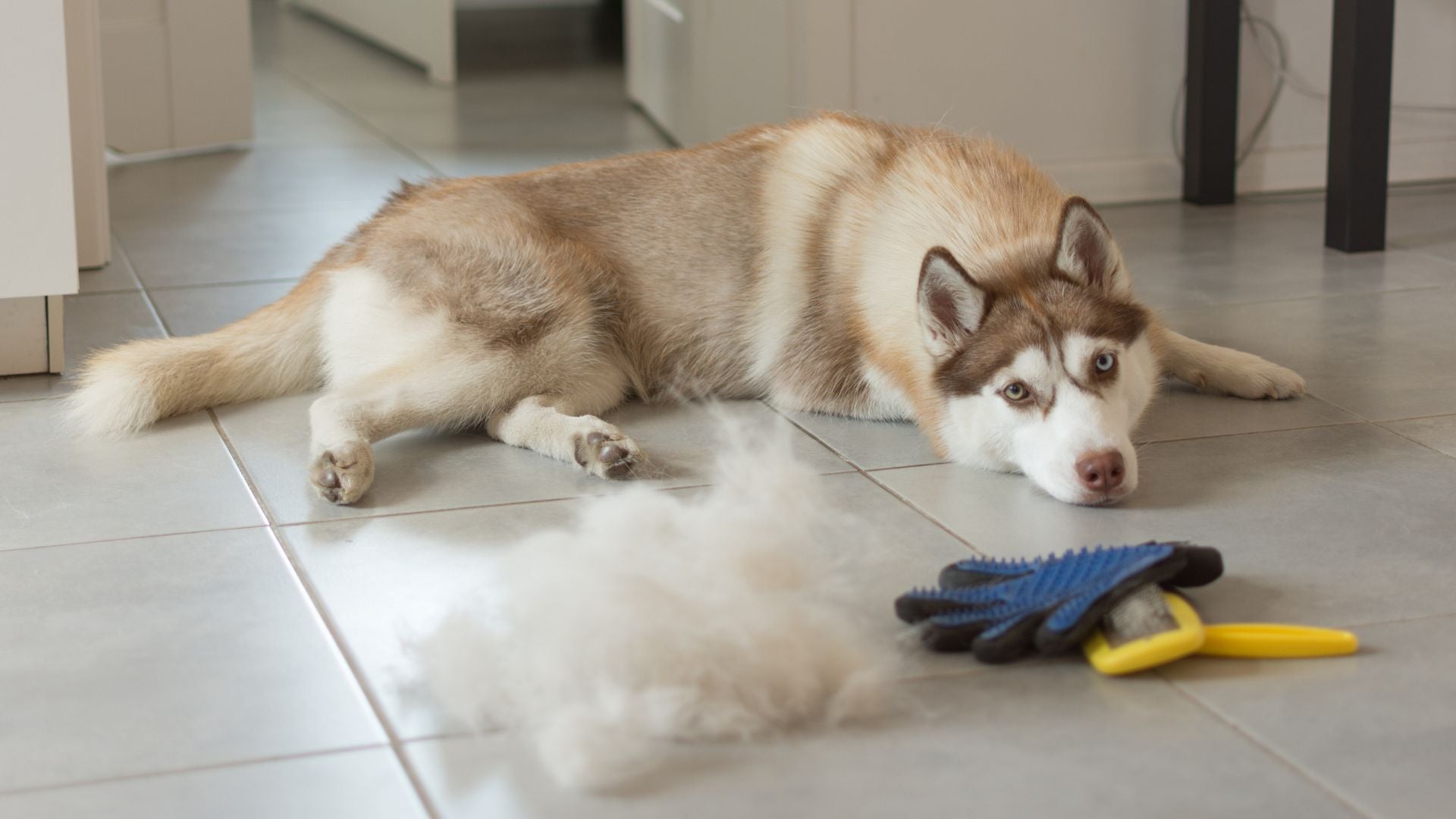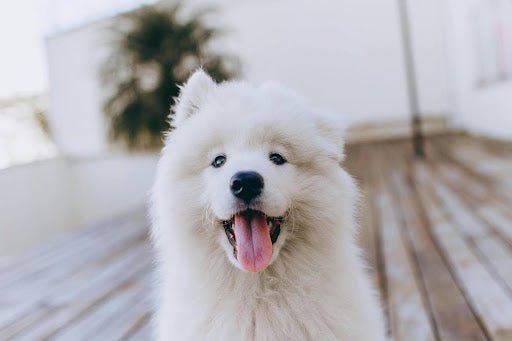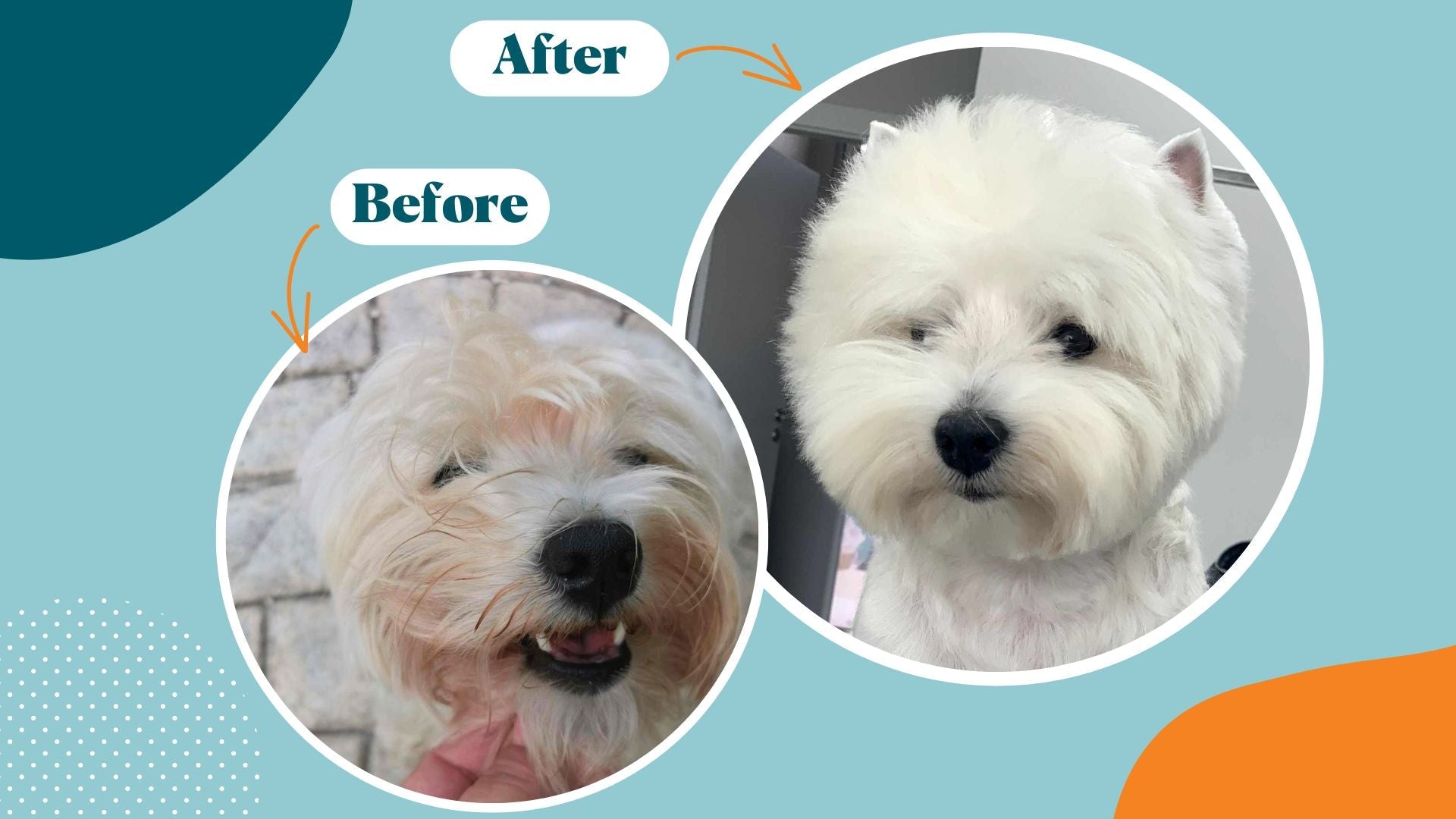Bringing home a new puppy is an exciting time, but it also comes with the responsibility of training. Potty training might be a daunting task, but the good news is that puppies are eager to learn and start developing good manners as soon as they arrive home. The key is to start training your puppy obedience right away. Every interaction with your puppy is an opportunity for a lesson, whether it's preventing them from jumping on you or teaching them to walk on a leash. My guide covers everything you need to know about basic puppy training, so you and your new best friend can get started on the right paw.
The Best Way to Train a Puppy
Training a puppy can be a fun and rewarding experience, but it's important to keep in mind that the younger the pup, the shorter their attention span will be. To make the most of your training sessions, it's best to keep them short, engaging, and supplemented with playtime.
To get started, ensure that your puppy is well-rested and take them outside for a potty break before and after each lesson. Treats are an essential tool in puppy training, so make sure to have a pocket full of high-value treats to reward good behavior.
In the early stages of training, it's best to work in a familiar, distraction-free environment to keep your pup focused on you. As your puppy becomes more advanced, you can gradually introduce new spaces and environments. It's also a good idea to have a few puppy toys on hand for play breaks.
Puppy Training Tips for Success
- Ensure your puppy is well-rested and not overly excited before training
- Take your puppy outside for a potty break before and after each lesson
- Have plenty of high-value treats on hand to reward good behavior
- Choose a familiar, quiet environment for training
- Keep lessons short and engaging, supplementing with playtime breaks as needed
Puppy Training Milestones by Age
Eight to Ten Weeks
Congratulations on bringing home your new furry baby! The first steps in puppy training involve helping them adjust to their new environment and teaching them good manners. Here are some tips to get you started:
- Establish a daily schedule for your puppy that includes meals, potty trips, playtime, training lessons, nap time in the crate, and a wind-down routine before bedtime.
- Prioritize crate and potty training by making the crate a positive place and rewarding your puppy with treats immediately after they potty outside.
- Start socializing your puppy by enrolling them in an accredited class and working on social skills in a controlled environment.
- Help your puppy become comfortable with alone time by gradually increasing the duration of brief departures, starting with just 1-2 hours.
- Introduce your puppy to the leash by letting them drag it around the house before going for walks and teaching them to walk on it without pulling.
- Teach the basic "sit" cue as the first step in learning impulse control, starting in a low-distraction environment and gradually increasing the level of difficulty.
Ten to Twelve Weeks
As your puppy continues to grow and develop, it's important to continue their socialization and expose them to new people, places, and experiences. Here are some additional tips to help with puppy training:
- Expand your puppy's socialization by inviting friends over to meet them and taking them on outings to places where dogs aren't typically found, like the bank or dry cleaner (if allowed). Don't forget to bring treats with you!
- Help your puppy focus on appropriate chewing outlets by providing them with a variety of heavy-duty treat-stuffable toys and using the "ouch" technique when they bite you.
- Help your puppy become comfortable with hygiene procedures by pairing treats with gentle handling of their ears, mouth, paws, and tail. Gradually introduce tools like a toothbrush, nail clippers, nail grinder, comb, and brush. Make your puppy comfortable with running water and being in a bathtub by praising him and giving him treats. When bathing your furry friend, don‘t forget to use natural bathing products as the puppy‘s skin and coat are very delicate.
- Continuously work on alone-time training by leaving the house or moving to another room for increasingly longer periods of time, no more than 3-4 hours at this age. Provide your puppy with a treat-stuffed busy toy to keep them occupied while in the crate.
- Teach your puppy patience by asking them to sit before giving them what they want, like access to the outdoors, meals, or toys. This can be used as a foundation-level impulse control lesson throughout their life.
- Begin training basic commands like "come," "down," and "stay" with positive reinforcement training. Keep lessons short and upbeat to maintain your puppy's interest.
Three to Four Months
- As your puppy grows and completes their vaccination series, you can gradually expose them to more populated locations and new experiences. Keep in mind that your puppy should set the pace for exploration and meeting new friends and don't force them into situations where they feel uncomfortable.
- Continuing to work on leash training is important as your puppy becomes bigger and stronger. Keep in mind that while it's not necessary for them to learn to walk in perfect heel position, your puppy should not be pulling on the leash.
- At this stage, it's important to build on the training behaviors you've already introduced. Work on recall and obedience commands in new and more distracting environments, and increase the duration of time your puppy can obey the stay cue.
- It's also a good idea to find a qualified dog trainer who uses positive reinforcement techniques to continue refining the lessons learned in puppy class and at home. This will help you and your puppy to continue to make progress and achieve your training goals.
Four to Six Months
- As your puppy matures, it's important to continue refining their leash manners in different environments and with varying levels of distractions. This will help them learn to walk politely no matter the situation.
- Basic training classes may have finished but that doesn't mean the training is complete. Keep working on the behaviors learned in class every day and consider signing up for advanced training.
- Even though your puppy may have a good grasp of basic training behaviors, it's still important to continue rewarding them with treats or alternate rewards like play for a job well done. This will help to maintain their motivation and enthusiasm for training.

Crate Training a Puppy
Teaching your puppy to love their crate is a crucial step in the early stages of training. Crates provide a space that mimics a den, which satisfies a dog's natural instincts to seek out a cozy, enclosed area. Additionally, since dogs typically do not soil where they sleep, a crate can help with potty training by providing a designated space for your puppy to hold their bladder and bowel. By making the crate a positive and comfortable place for your puppy, they will begin to see it as their own personal safe space and be more willing to spend time in it.
- Set up your dog crate properly. When setting up your dog crate, make sure to choose the right size for your puppy. It should be big enough for them to stand, turn around and lie down comfortably, but not so big that they can use one corner as a bathroom and the other as a sleeping area. Place the crate in a common room of your house, not in the basement or garage, so your puppy doesn't view going into the crate as a punishment.
- Use puppy treats. To start crate training your puppy, leave the door open and put treats inside for them to discover. Allow them to examine the crate without shutting the door, and give them more treats for remaining inside. Repeat this process in several short sessions until your puppy goes into the crate without hesitation.
- Feed meals in the dog crate. Once your puppy is comfortable with the crate, begin feeding them their meals inside. Close the door while they eat, then wait a few minutes after they finish before opening the door and taking them outside for a potty break.
- Try interactive dog toys. Another way to make the crate more appealing to your puppy is to leave the door open and use a sturdy rope to tie a puppy-safe interactive toy inside. Providing a treat-stuffed toy will help your puppy learn that good things happen in the crate. Gradually increase the duration of time your puppy spends in the crate, starting with a few minutes and working up to several hours, while you're at home and eventually when you're away.
- Don't over-crate. It's important to be mindful of the amount of time your puppy spends in the crate. Over-crating can lead to accidents and undo the progress made in potty training. A general rule of thumb for determining a puppy's safe "hold time" in the crate is to take their age in months and convert it to hours. For example, a 10-week old puppy should be able to be crated for about two hours, possibly longer during the night.
How to Potty Train a Puppy
Potty training is one of the first things new puppy owners want to teach their puppies. While the crate can be an effective tool in the potty training process, it's not the only aspect. Potty training a puppy requires a combination of proper supervision, good timing, and patience. This includes monitoring your puppy's behavior, recognizing their potty signals, and taking them out frequently to the designated potty area. Consistency and positive reinforcement are key to helping your puppy learn to go potty outside.
- Maintain a routine. Keeping a daily schedule that includes mealtimes, potty trips, playtime, and crating can help your puppy anticipate what happens next. A schedule that includes potty trips outside about 10-15 minutes after meals, after play sessions, after meeting new friends, after waking from a nap, and before and after crating can help them understand when it is time to go potty. Consistency and predictability in their routine will help your puppy understand when they are supposed to go potty and will help speed up the potty training process.
- Supervision is crucial during potty training. Puppies are more likely to have accidents when they are left unattended, so it is important to crate your puppy when you can't watch them and use pet gates when you are together inside. Once your puppy is regularly alerting you when they need to go out and have been accident-free for at least a month, you can gradually give them more access to the house. Keep in mind that it can take up to six months for a dog to be fully house-trained.
- Understand your puppy’s body language. Recognizing your puppy's early signs of needing to go potty can help you get them outside before an accident happens. Some common signs include circling, sniffing, and trying to leave the room. However, every puppy may have different signs that indicate they need to go potty, so it's important to pay attention to your puppy's behavior and pick up on their unique signals. This will enable you to take them outside before it's too late, and prevent accidents from happening.
- Using treats and triggers can be effective in potty training your puppy. Once you take your puppy outside, bring them to a familiar spot and wait for them to find the perfect place to go potty. As soon as they are done, give them a small treat and praise them for a job well done. You can also teach your puppy a specific phrase that will act as a "potty trigger." For example, you can say "hurry up" as your puppy eliminates. With enough repetition, your puppy will associate the phrase with the act of going potty and it can help you cue them during bad weather or other difficult conditions.
- Never punish your puppy. It is important to remember that accidents will happen during the potty training process and punishment is not the way to go. Punishing your puppy will not teach them what they should do and can harm the bond between you. Instead, try to interrupt your puppy and get them outside to finish going potty. If it's too late and an accident happens, use an odor eliminator and make a plan to supervise your puppy better in the future.
How to Train a Puppy to Sit
Teaching your puppy to sit is a great first step in formal training as it is a simple command that can be applied in many different situations, and it is easy for the puppy to understand and execute. It also helps to establish a basic level of communication and obedience between you and your puppy, which is essential for more advanced training in the future.
- Use treats and repeat often. To teach your puppy to sit, hold a treat near their nose and slowly move it up over their head. As they follow the treat with their nose, their hind end will lower into a sitting position. As soon as their hind end touches the ground, say "good" or "yes" and give them the treat as a reward. Repeat this process several times until your puppy starts to sit automatically when they see the treat.
- Gradually remove the treat as a reward. Once your puppy has learned to sit with the treat, try standing still and waiting for them to sit without a treat. As your puppy begins to move into the sitting position, clearly and consistently say "sit" to associate the command with the behavior. Reward the behavior with a marker word (i.e. „good“ or „yes“) and a treat. Repeat this process for about 15-20 repetitions until your puppy associates the command "sit" with the behavior. Once they have learned the association, you can give the command "sit" and wait a few seconds for your puppy to respond. Reward them with a treat when they successfully sit without needing a treat to lure them into position.
- Practice sitting in different environments and with distractions. Repeat the command "sit" and give your puppy a few seconds to respond. Reward them with a treat when they successfully sit.
Teaching Your Puppy to Come When Called
Teaching your puppy a reliable recall is simple and enjoyable. This training cue is crucial as it can help keep your puppy safe. To teach it, you will need a helper, a low-distraction environment, an eager puppy, and a pocket full of small, delicious treats.
- Choose a recall word. When teaching your puppy a reliable recall, it is important to choose a word other than their name, as it is likely you say it frequently and it may not have the desired impact. A word such as "come" or "here" can work well. Position yourself on the ground across the room from your helper and call your puppy using the recall word in an upbeat tone, followed by encouraging clapping or kissy noises. As soon as your puppy reaches you, reward them with a small treat and lots of praise. Alternate with your helper in calling your puppy, always rewarding and praising them for coming to you. End the training session on a positive note.
- Practice and reward. During the next training session, set up the game so that you and your helper are in separate rooms. Call your puppy to you, but be prepared to use additional cues such as whistling or clapping to help them locate you. Once they reach you, give them a treat and have your helper call them back. As your puppy becomes more proficient at the recall game, gradually increase the difficulty by practicing in different areas of your home. Once they are comfortable with indoor training, move the practice to a safe and familiar outdoor environment.
Breeding dogs for more than 35 years brought me to my mission – to understand and create the best products for pets. I’m ready to share my long-tested and thoroughly created pet care system with you!





